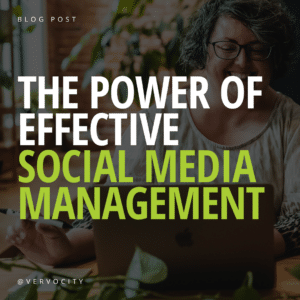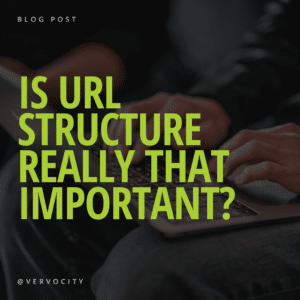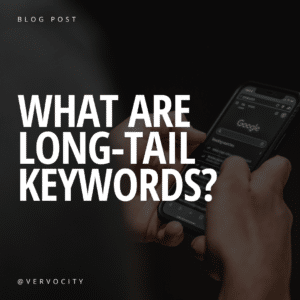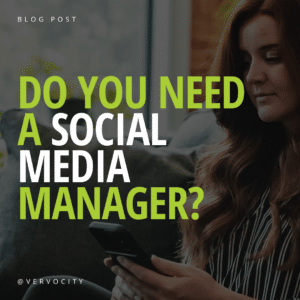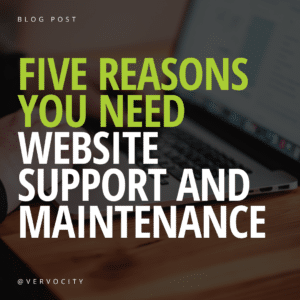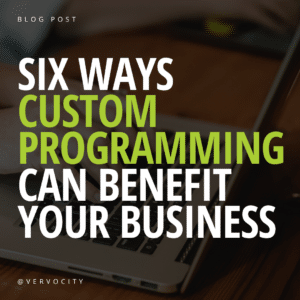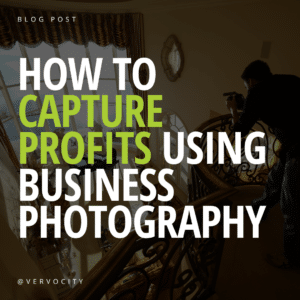Video is a great way to connect with your audience. However, as people are bombarded from all directions with video content, it’s now more important than ever to make sure your video is engaging for the audience. The most effective (and our favorite) way to do this is through video storytelling.
People can see upwards of 5,000 ads per day. As we see more and more ads, we tend to trust them less and less. With storytelling, we connect the viewer to people in order to bring them to a greater understanding of your message. For a lot of consumers, it’s not always about what a company does, but why.
To put it simply, people are much less rational than we like to believe we are. Feeling plays an integral part in our rational decision-making. Because of this, we can use storytelling to connect with our audience in a more lasting way than if we simply drown them with a list of a product’s facts and features. People tend to decide to buy something first, then start searching for a reason why it’s a good decision.
Stories allow the audience to view the world through a different lens. The more transported into the story they are, the more likely they are to take on the beliefs and actions they see presented within that story. Additionally, a story allows the viewer to experience the product or service in an active way. They will receive the necessary context, potential use-cases, and benefits of the product or service in a more meaningful way. Stories allow the viewer to connect on a more personal level, which then motivates them to a positive decision.
People want to buy from people, especially from people they know, like, and trust. Storytelling allows us to create that connection between you and your audience. If that story can demonstrate how to overcome a problem the viewer can relate to and wants to solve, the chances of a positive reaction are even greater.
Video storytelling gives us a way to show (rather than tell) the viewer how your product or service works, and most importantly, why. A guided narrative allows the viewer to draw their own conclusions, which will carry much more weight in the decision making process than a laundry list of factoids. The story is there to guide what those conclusions will be, as they will usually mirror that of the story. Every story needs a purpose, and that purpose is the greater understanding you want your audience to arrive at on their own by watching it.
A story is constructed of several components, including character and conflict. At Vervocity in Quincy, IL, we can help identify and use those components to produce a story that resonates with your audience. We want to create stories that will help you establish authenticity and trust with your viewers and potential customers. We’ll also help guide you every step of the way – from conception and shooting to editing and finding the best platform for your story to reach your audience.
Reach out to us today to begin telling your one-of-a-kind story.
You can also check out examples of video stories we’ve produced:


